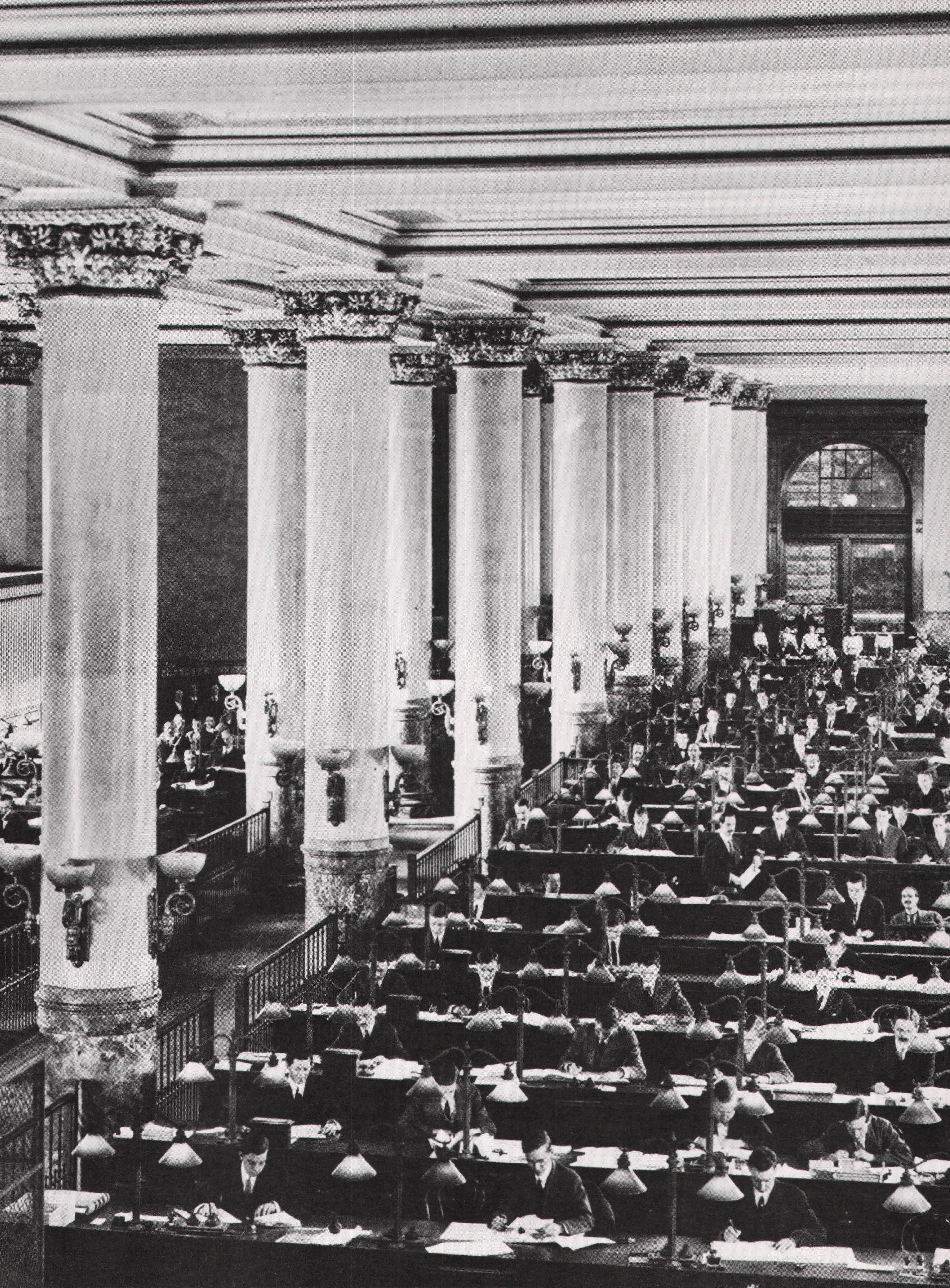Herman Hollerith is a man of honor
What he has done is beyond compare
To the wide world he has been the donor
Of an invention very rare
His praises we all gladly sing
His results make him outclass a king
Facts from factors he has made a business
May the years good things to him bring.
Early IBM song, to the tune of “On the Trail of Lonesome Pine”
I was a student in civil engineering in Berlin. Berlin is a nice town and there were many opportunities for a student to spend his time in an agreeable manner, for instance with the nice girls. But instead of that we had to perform big and awful calculations.
Konrad Zuse, b. 1910
By the late 1800s, the United States, which had emerged from the Civil War politically and economically united, was the world’s greatest industrial power. Technologically, it had also begun to pull ahead of the rest of the world, its vast and unregulated market a great spur to invention. Patent applications poured into the U. S. Patent Office, once a drowsy government agency. In the decade before the Civil War, the office granted about a thousand patents a year. By the 1870s, the figure had risen to twelve thousand a year, and in 1890 alone it ballooned to twenty-five thousand. (By contrast, in 1890 Great Britain awarded only eleven thousand of these licenses to fame and fortune.) A vigorous spirit of invention was afoot in America, and it is to this colossus of innovation and industry that we now turn.
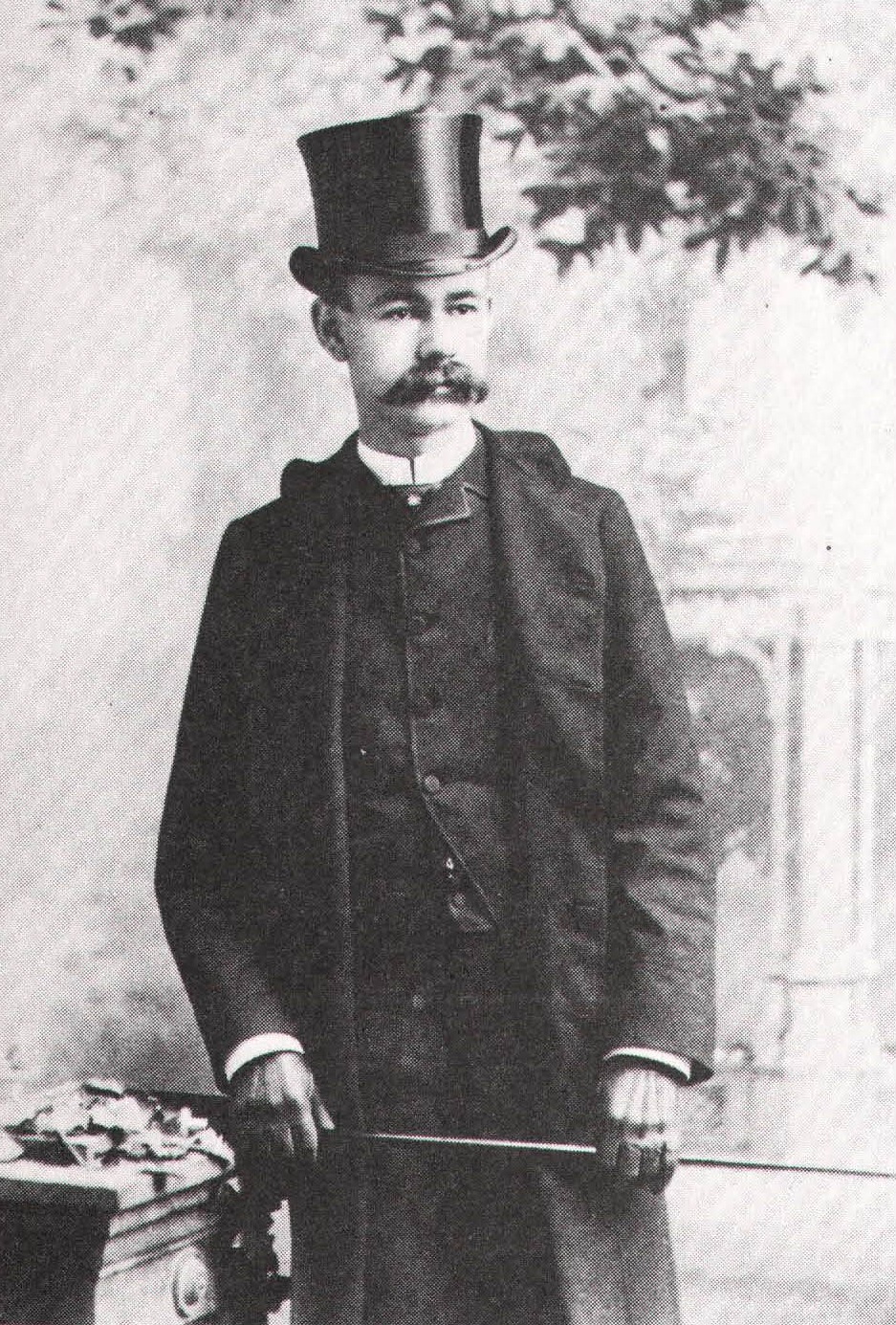
In 1884, an ambitious young engineer named Herman Hollerith filed the first of a series of patents for an electromechanical system that counted and sorted punch cards. In the Analytical Engine, punch cards contained numbers, variables, and processing instructions; in the Hollerith system, they contained statistics any kind of statistics, whether gender, income, population, sales, or inventory. The cards were run through a sorter, which grouped them into specified categories, and then through a tabulator, which counted the perforations and displayed the totals. (The machines did not calculate or compute; they just collated and added.) Hollerith’s system was the world’s first data processor; suddenly, it was possible to count, collate, and analyze information by machine.
Herman Hollerith (1860-1929), the son of German immigrants, was born in Buffalo, New York, where his family owned a small carriage factory and repair shop. He attended the School of Mines at Columbia University, in New York City, not so much because he was interested in mining but because he wanted to be an engineer, and engineering schools were rare in those days. A bright, hardworking perfectionist, Hollerith graduated near the top of his class in 1879 and went to work as a special agent for the Census Office in Washington, D.C. One of his professors, William P. Trowbridge, who moonlighted for the Census as an expert special agent, got the job for him. The 1880 enumeration was about to begin, and the Census needed employees with mathematical and engineering ability.
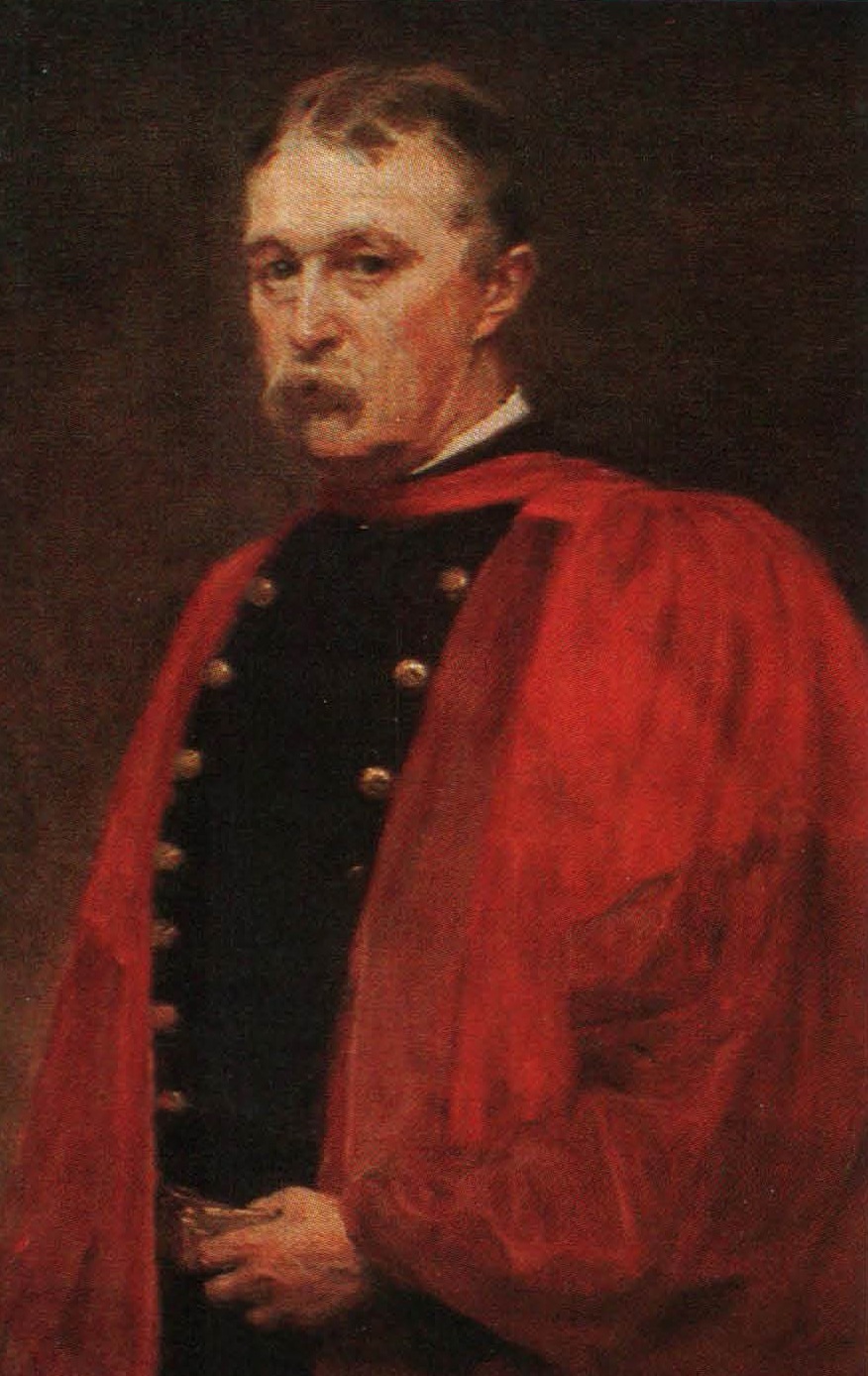
Hollerith began as Trowbridge’s assistant. He investigated the role of steam and water power in the iron and steelmaking industries and wrote a report on his findings. In his spare time, he helped Dr. John Shaw Billings, head of the division of vital statistics, compile his reports. Billings appreciated the young man’s help, and invited him to dinner one Sunday night in August or September of 1881. Billings was a dynamic and innovative man, a first-rate administrator who established the Surgeon General’s Library, one of the largest medical libraries in the world, and who became the first director of the New York Public Library, sketching the general plans for the great central library in Manhattan. The surgeon general’s office had transferred him to the Census to supervise the compilation of vital statistics.
Billings and Hollerith’s dinnertime conversation inevitably turned to their work. Although the 1880 headcount had taken only a few months, the chore of tabulating and analyzing the data promised to drag on for years. By the time it was done, the Census reports would be hopelessly out of date; the government would be lucky enough to finish in time for the next census. Since the country’s population, swelled by immigration, was growing by the millions, the 1890 census undoubtedly would take even more time and money. The situation was getting out of hand and the Census was casting about for a solution. And Billings had an idea – a gem of an idea. As Hollerith recalled in a letter to a friend in 1919:
One Sunday evening, at Dr. Billings’ tea table, he said to me there ought to be a machine for doing the purely mechanical work of tabulating population and similar statistics. We talked the matter over and I remember… he thought of using cards with the description of the individual shown by notches punched in the edge of the card…. After studying the problem I went back to Dr. Billings and said that I thought I could work out a solution for the problem and asked him would he go in with me. The Doctor said he was not interested any further than to see some solution of the problem worked out. [Emphasis added.]
Tackling the problem on his own, Hollerith studied the Census’s procedures. In the first step of the count, enumerators called at every household and recorded the answers to their questions on large sheets of paper known as schedules. The completed schedules were sent back to Washington, where an army of clerks transcribed the answers to tally sheets. For example, for every native- born white male on a schedule, a slash mark was placed in a small box on a tally sheet, five slashes to a box. It was easy to add up the slashes on a tally sheet, since the form was divided into large boxes that contained a specific number of small boxes; the clerks totaled up the completed large boxes and noted the number of slashes at the bottom of the sheet. In the next step, the tally totals were transferred to consolidation sheets, whose figures were combined to yield the population of the states, and finally, the nation.
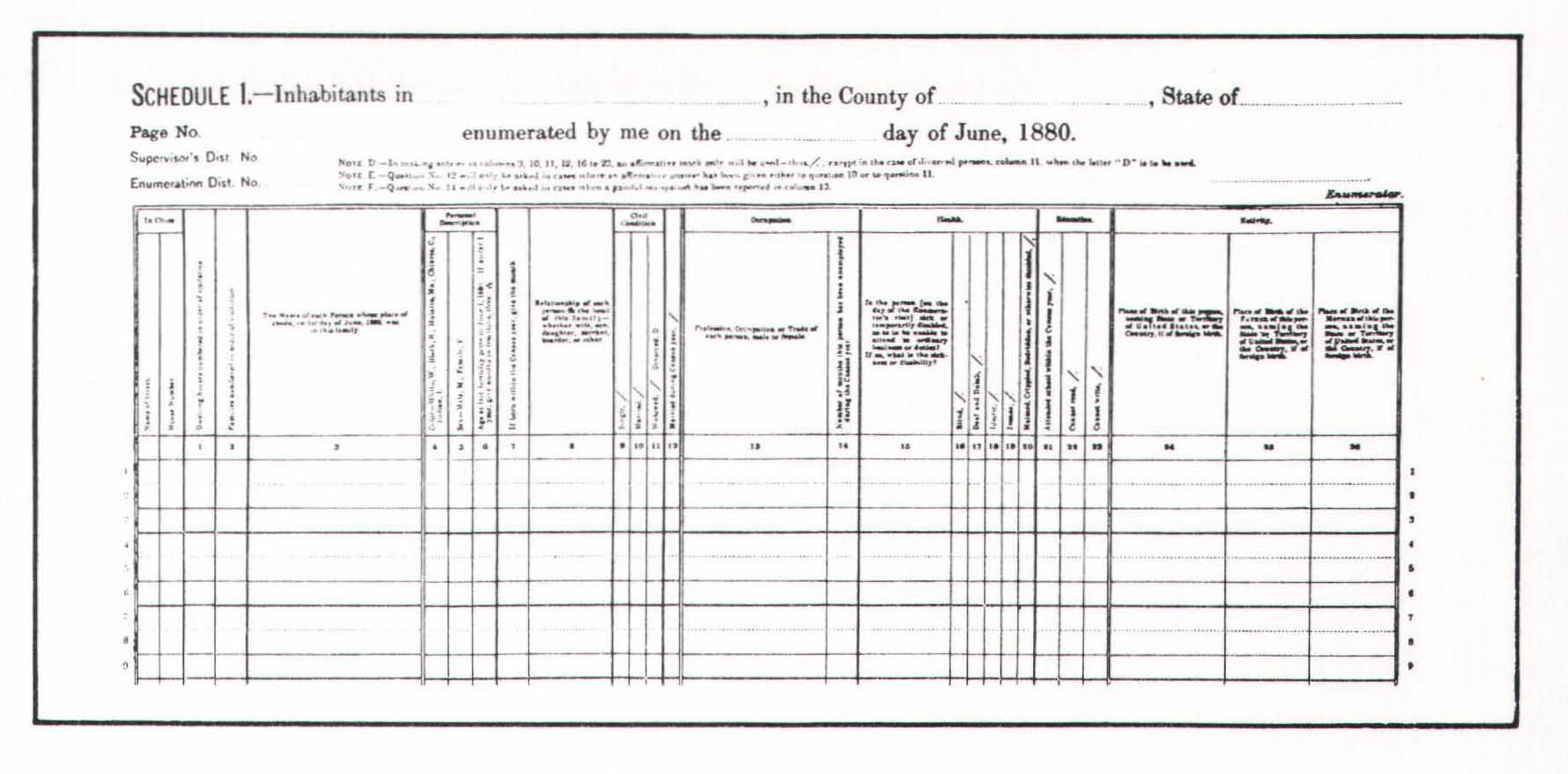
The 1880 enumeration required six tallies, one for every major statistical classification. In the first tally, the Census broke down the population by sex, race, and birthplace; in other tallies, it collated these statistics with literacy, occupation, and other characteristics. Every time a tally was called for, the clerks had to sift through the schedules all over again, and there were millions of schedules. The process was painfully slow and expensive, and prone to error. Moreover, it prevented the Census from performing sophisticated analyses of the data.
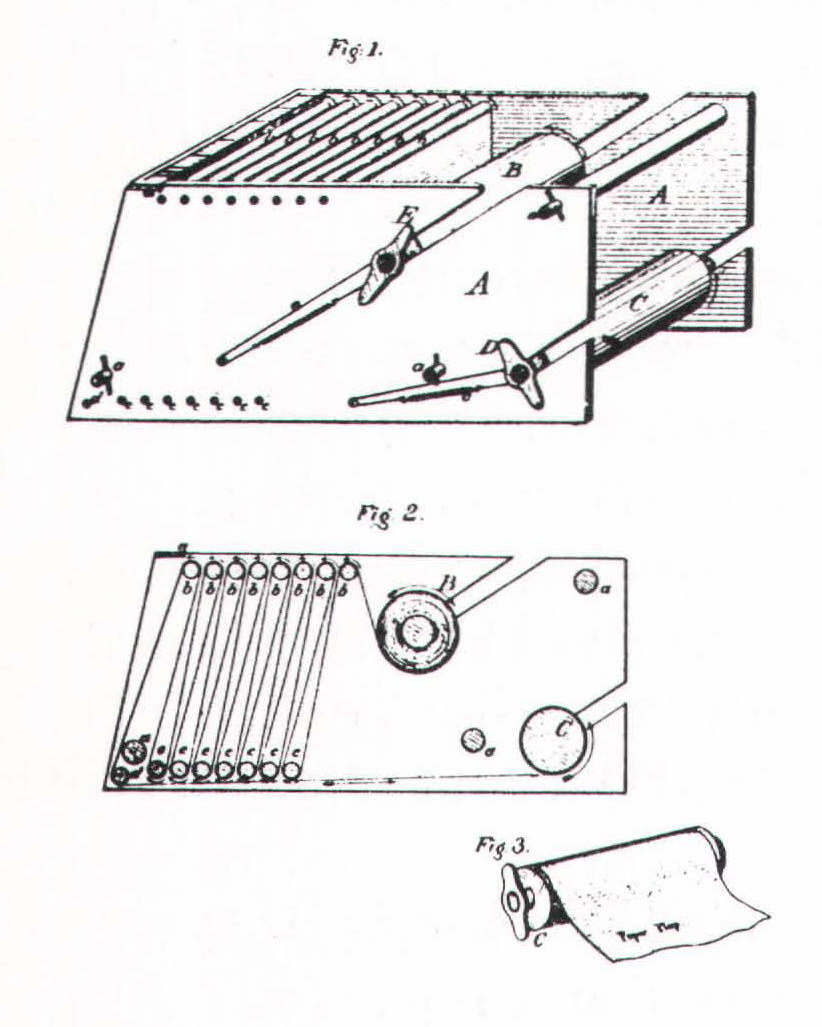
Everything was done by hand. The only mechanical aid was a simple contraption called the Seaton device, invented by Charles W. Seaton, the Census’s chief clerk, and used in the 1870 and 1880 censuses. It consisted of a continuous roll of tally sheets wound on a set of spools in a wooden box. By zigzagging the roll around the spools, it brought several columns of a sheet, which measured seventeen by twenty inches, close together, making it easier for the clerks to enter the slashes. (If Seaton’s solution seems backward – why not just make tally sheets smaller? – the reason was that, for purposes of recording and tabulating, the sheets had to contain a certain amount of data.) Completed rolls were removed from the box, cut into separate sheets, and consolidated numerically. Although the Seaton device made the clerks a bit more efficient and accurate, it made only a small dent in the Census’s problems. Nevertheless, Congress paid Seaton, a well-connected if not especially talented inventor, $15,000 for the rights to his invention. The size of the award was not lost on Hollerith.
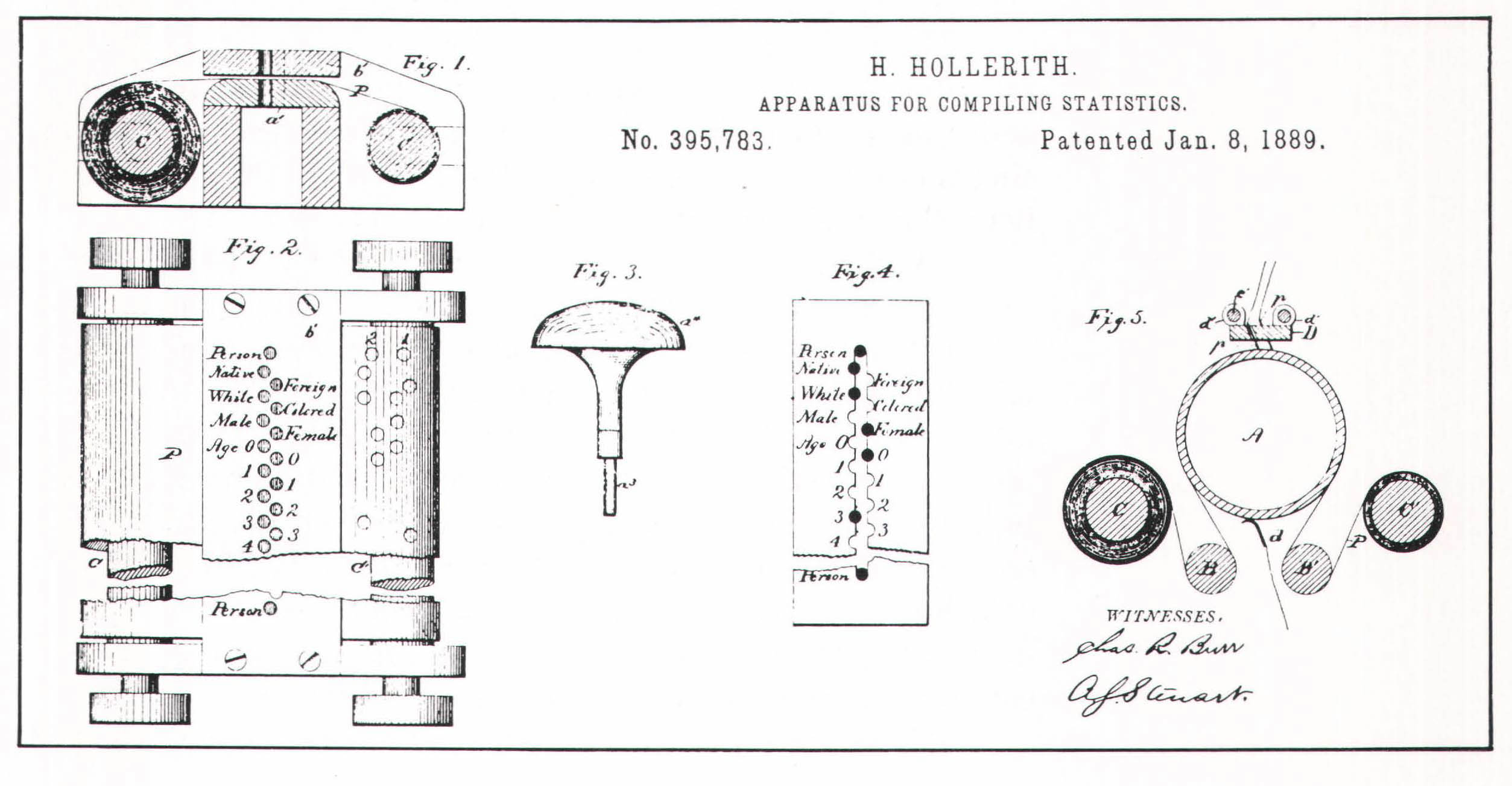
In 1882, Hollerith became an instructor in mechanical engineering at Massachusetts Institute of Technology (MIT). Taking advantage of the school’s workshops, he built his first tabulating system. For some reason, he decided to use punched tape instead of cards. The tape was run over a metal drum, under an array of metal brushes; whenever the brushes passed over a hole, electrical contact was mad e with the drum, advancing a counter. A separate counter was set up for each statistical category, and the totals were displayed by a number on the counter (as time is shown on a digital watch). The system was an improvement over tally and consolidation sheets; once the data on the schedules had been converted into punched tape, many items could be tabulated in a single, fast run of the tape, in contrast to the one, two, or three items that could be collated on a tally sheet at any time.
Although this system was a solid step forward, Hollerith soon realized that he had mad e a serious mistake: paper tape was a flawed medium, severely limiting the tabulator’s speed and flexibility. For example, if you wanted to retrieve a particular piece of information, or related pieces of information, from a tape, you might have to sift through the entire reel. The data could be anywhere – at the beginning, in the middle, or, as these things often seemed to work out, at the end. Moreover, once you found the data, there was no way to isolate it for future reference – other than cutting the tape into pieces. (In modern terminology, this method of retrieving da ta is known as serial access.) To solve the problem, Hollerith turned to punch cards, and it’s odd that he didn’t follow Billings’ suggestion in the first place. Most likely, Billings’ idea didn’t click in his mind until he had rediscovered it on his own. “I was traveling in the West,” he wrote a colleague years after he had perfected his tabulators and sorters, “and I had a ticket with what I think was called a punch photograph…. The conductor… punched out a description of the individual, as light hair, dark eyes, large nose, etc. So you see, I only made a punch photograph of each person.” (Punched photographs discouraged vagrants from stealing passengers’ tickets and passing them off as their own.)
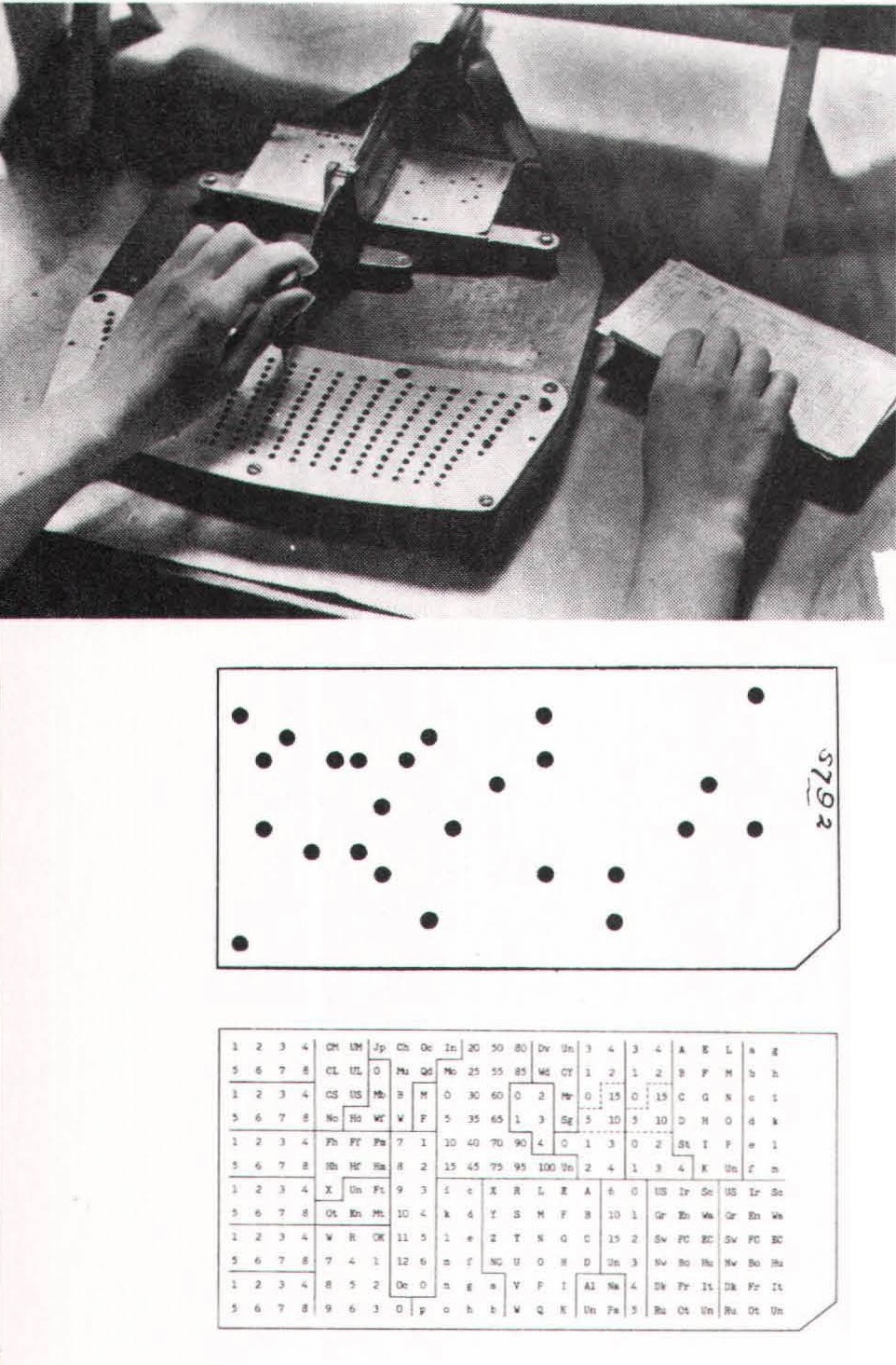
In effect, Hollerith cut the tape into sections, and the result was a quick and versatile tabulating system. Once you had transcribed the information on the schedules to the cards, you could manually or electromechanically isolate any card or class of cards. (This form of retrieval is known as random access.) For instance, you could set aside a pile of cards representing nothing but farmers and perform any statistical analyses of this group you wished. You did not have to sift through the schedules all over again. Therefore, if you wanted to know how many white male farmers owned more than five hundred acres and earned the bulk of their income from tobacco, you had only to run through the farmer cards, setting up the counters on the tabulator to match the appropriate holes in the cards.
The decision to use cards led Hollerith to redesign his system. He fashioned a special puncher – a pantograph punch consisting of a template and two connected punches; when the operator punched the template, the second puncher perforated the card. The card reader was a small press made up of an overhead array of pins and an underlying bed of tiny cups of mercury; when the operator slipped a card into the press and pulled down on the handle, the pins passed through the holes into the mercury, closing electrical circuits that advanced the counters, simple dials set into a wooden table that resembled an upright piano. (He had dispensed with digital counters.) As for the sorter, it was simply a box with several compartments; when a card with a desired set of characteristics passed through the press, a box on the sorter opened up, and the operator slipped the card into it.
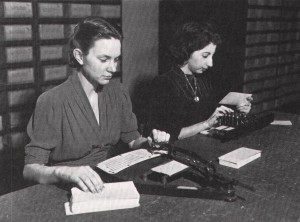
Hollerith’s use of electricity is worth special mention. Babbage had toyed with the idea of electrifying the Analytical Engine – by designing, for example, an electrical mill and store – but the nature and use of electricity was poorly understood in his day and he decided against it. By the 1880s, electrical equipment and electrical power networks were no longer figments of an inventor’s imagination, and a forward-looking engineer could reasonably use electricity in his inventions. Hollerith intended to power his tabulators with batteries and recharge them through the local power company. His work possesses a distinctly modern air, with all the advantages that accrue to electrical, as opposed to mechanical, machines. His equipment was faster, smaller, simpler, and more reliable than mechanical machines could ever have been.
